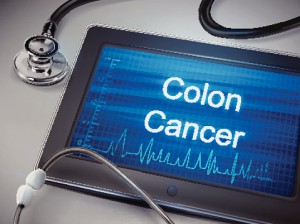Aspirin may have many benefits but for people who have asthma, it can trigger an attack. In fact, it is estimated that approximately 10 – 20 % of people who live with asthma have a reaction to either aspirin or other pain killers called non-steroidal anti-inflammatory drugs (NSAIDS). Examples of NSAIDS are Ibuprofen, Motrin, Advil, Naproxen, Aleve, and Naprosyn.
The likelihood of having an asthmatic attack is increased if a person living with asthma has nasal polyps in addition to sensitivity to aspirin. This condition, known as Samter’s Triad increases the chances of having an asthmatic attack by 30 – 40 %. This is due to the fact that nasal polyps are an inflammatory condition in the nasal passages and anti-inflammatories can lead to respiratory complications. Many people with nasal symptoms such as runny nose, post nasal drip, and congestion may be prone to an asthma attack if they take aspirin or NSAIDS.
If you suspect that you have asthma and are experiencing: shortness of breath, wheezing and coughing, speak to your doctor about how aspirin can impact your condition. A doctor can recommend medications that are safer to take. To make an appointment at Jamaica Hospital Medical Center please call 718-206-7001.
All content of this newsletter is intended for general information purposes only and is not intended or implied to be a substitute for professional medical advice, diagnosis or treatment. Please consult a medical professional before adopting any of the suggestions on this page. You must never disregard professional medical advice or delay seeking medical treatment based upon any content of this newsletter. PROMPTLY CONSULT YOUR PHYSICIAN OR CALL 911 IF YOU BELIEVE YOU HAVE A MEDICAL EMERGENCY.



 This week, March 19th-25th is Poison Prevention Week. Did you know that every year more than 2 million poison-related injuries and deaths are reported in the United States and more than 90 percent of these cases occur in the home?
This week, March 19th-25th is Poison Prevention Week. Did you know that every year more than 2 million poison-related injuries and deaths are reported in the United States and more than 90 percent of these cases occur in the home?